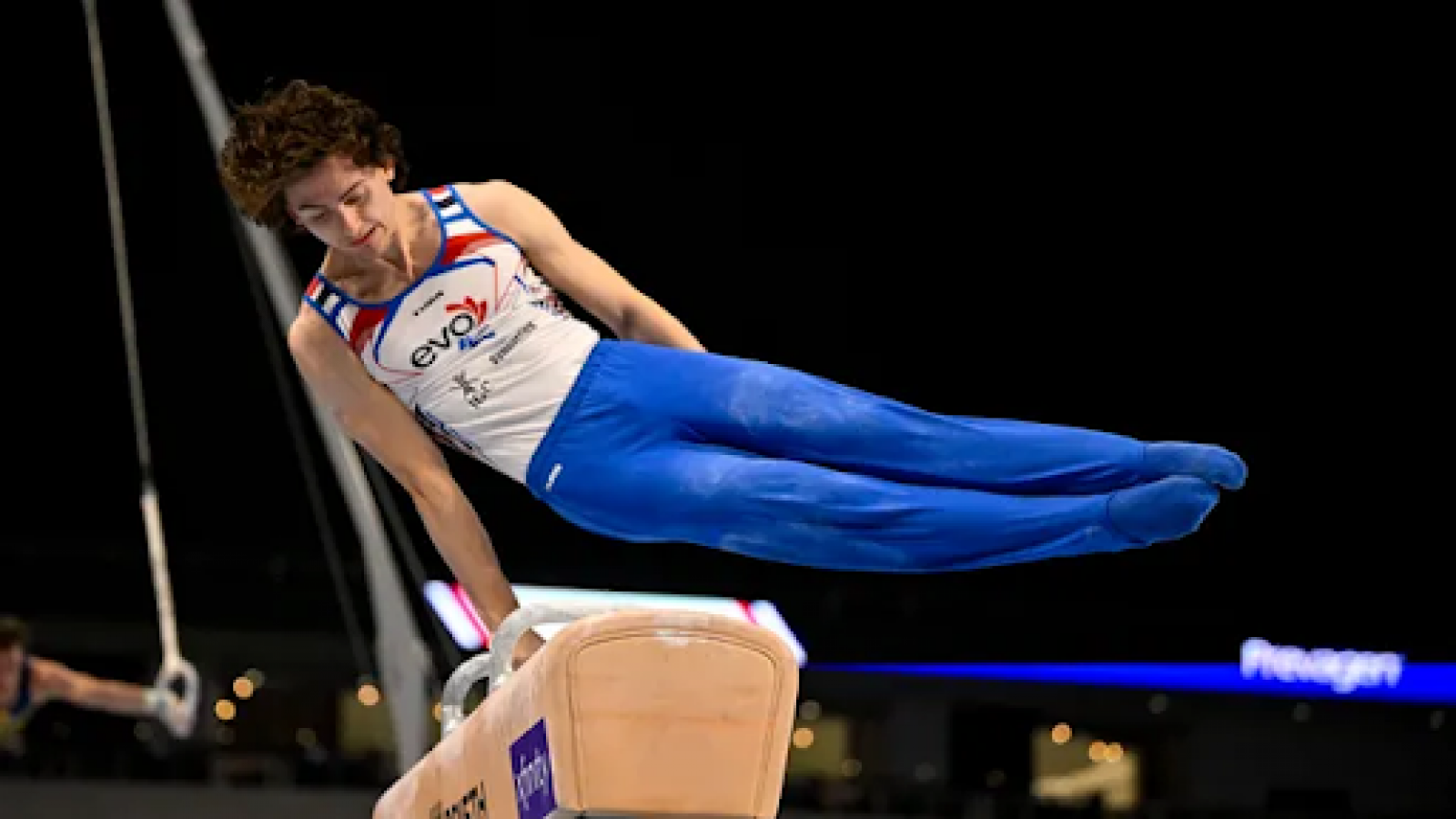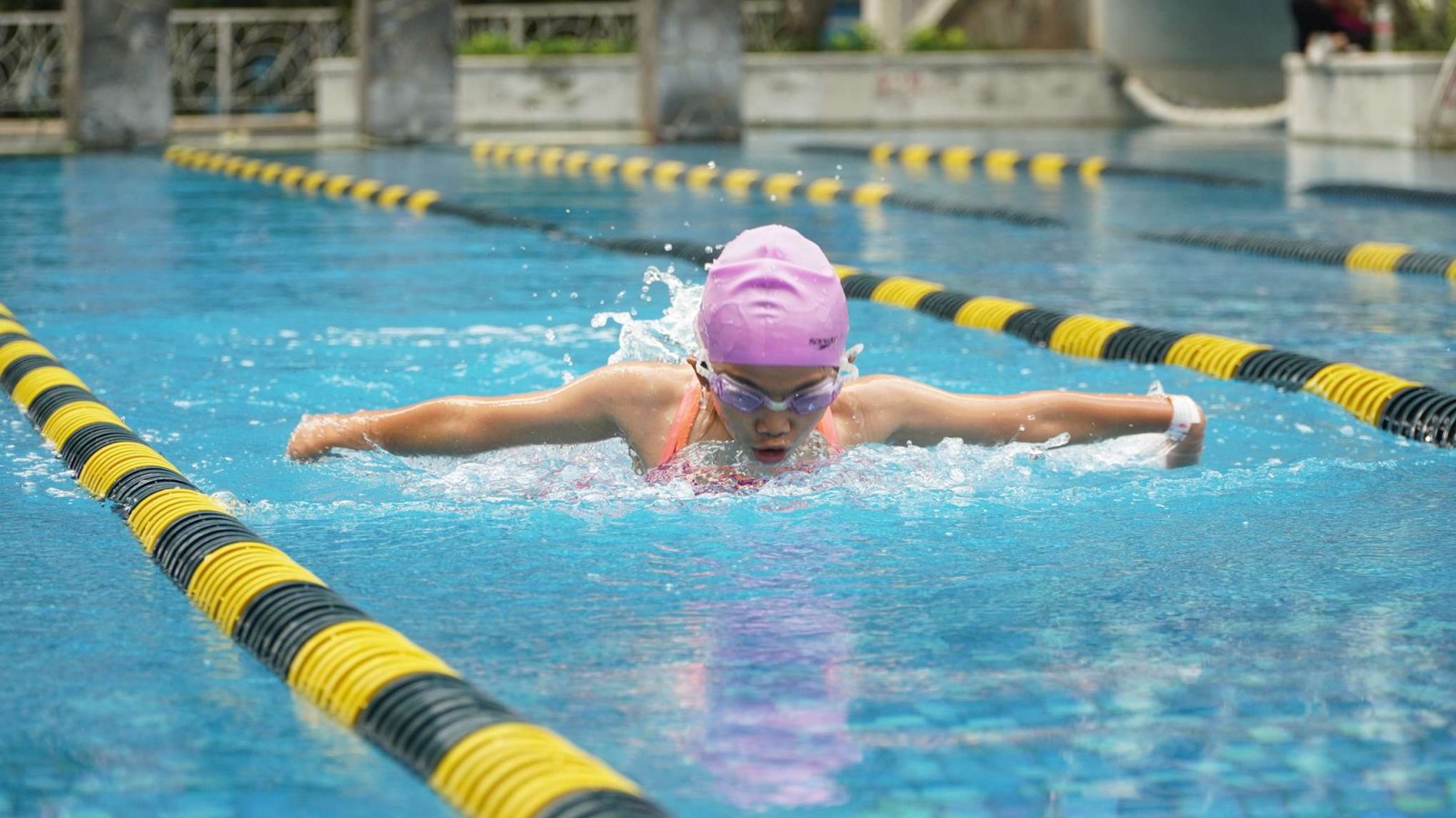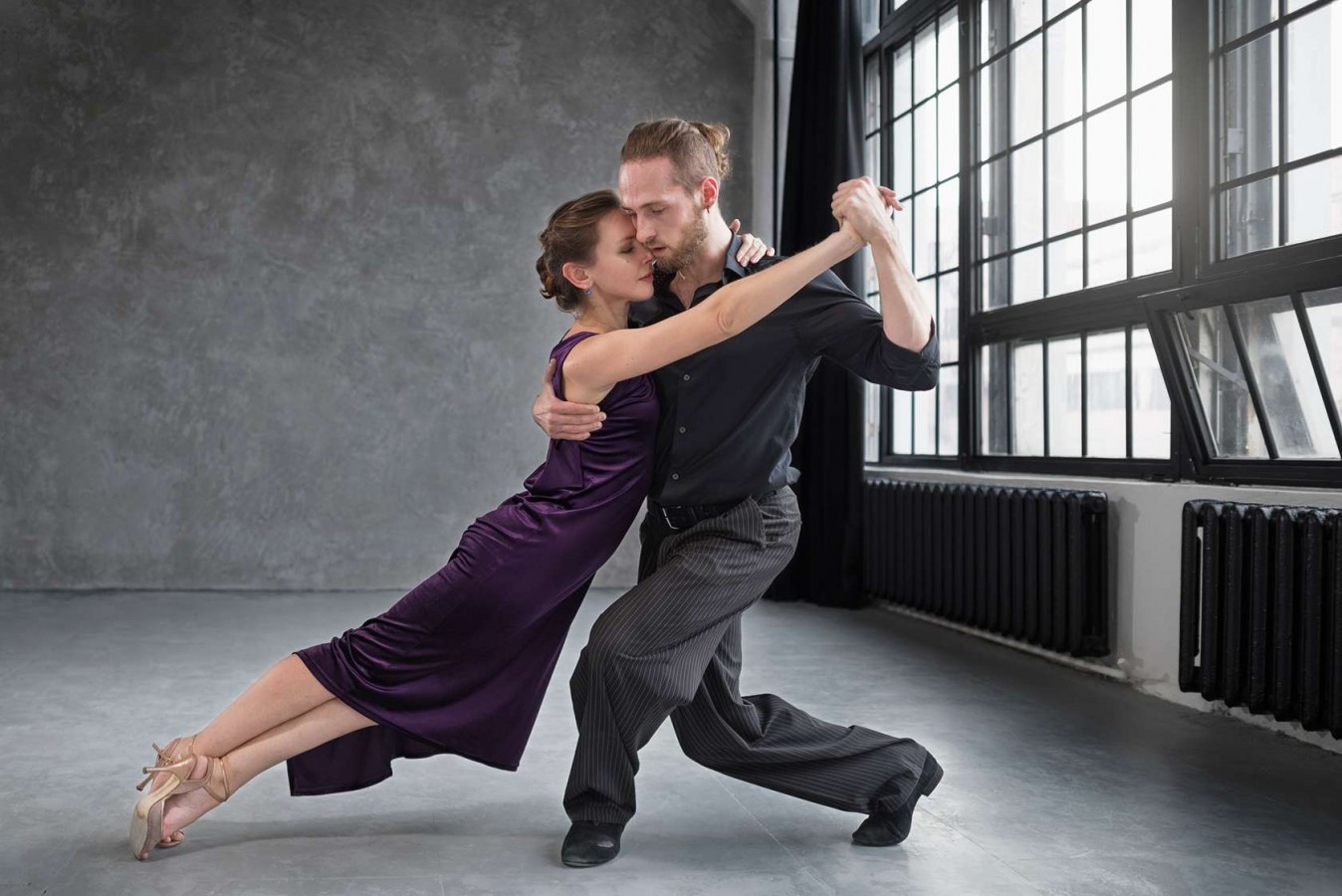What is Gymnastics Pommel Horse and How to Mastering It

The pommel horse is one of the most challenging and iconic apparatuses in men's artistic gymnastics. It requires a unique blend of strength, coordination, balance, and finesse to perform the intricate and continuous movements that define a pommel horse routine.
If you're new to gymnastics or just curious about what this apparatus entails, this guide will walk you through everything you need to know about the pommel horse, from its history to the skills required to master it.
What is the Gymnastics Pommel Horse?
The pommel horse is a gymnastics apparatus used exclusively in men's artistic gymnastics. It consists of a padded, rectangular body with two handles (or pommels) on top.
The horse stands about 1.15 meters high and is typically around 1.6 meters long. The surface is covered with leather or synthetic material, providing a firm but slightly cushioned surface for gymnasts to perform their routines.
A typical pommel horse routine involves a series of continuous circular movements performed while supporting the body on the hands, with the legs moving in a scissor-like or swinging motion.
These routines require gymnasts to maintain a high level of control and precision, making the pommel horse one of the most demanding apparatuses in gymnastics.
The Origin and History of the Gymnastics Pommel Horse
The origins of the pommel horse can be traced back to ancient civilizations. Historical records suggest that the apparatus has its roots in training methods used by soldiers in the Roman Empire.
The pommel horse was initially designed as a tool for soldiers to practice mounting and dismounting horses. It was also used for exercises that mimicked the movements required to stay balanced while riding, which were critical skills for cavalry troops.
The modern version of the pommel horse as we know it today was developed in the early 19th century by Friedrich Ludwig Jahn, a German educator often referred to as the "father of gymnastics."
Jahn introduced the pommel horse as part of his efforts to promote physical fitness and discipline through gymnastics, which was becoming increasingly popular in Europe.
Over the years, the pommel horse evolved into a competitive gymnastics apparatus, with standardized dimensions and scoring criteria. It became a fixture in men's artistic gymnastics, featured in international competitions such as the Olympic Games.
Why Don’t Girls Compete on the Pommel Horse?
If you’ve watched gymnastics competitions, you might have noticed that the pommel horse is only used in men’s events. The reason behind this lies in the historical development and specialization of gymnastics apparatuses for men and women.
Men’s artistic gymnastics includes apparatuses that emphasize upper body strength, such as the pommel horse, rings, and parallel bars. These events were traditionally designed to showcase the physical strength and power that were historically associated with male athletes.
On the other hand, women’s artistic gymnastics includes events that highlight flexibility, grace, and balance, such as the balance beam, uneven bars, and floor exercise. The differentiation between men's and women's apparatuses allows each to excel in areas that align with their training and natural strengths.
How is the Pommel Horse Scored?
Scoring in pommel horse routines is based on a combination of difficulty and execution. Judges evaluate routines using the following criteria:
- Difficulty Score (D-Score)
This score is based on the elements performed in the routine. Each element has a specific difficulty value, and the sum of these values determines the D-Score. Higher difficulty elements contribute to a higher D-Score.
- Execution Score (E-Score)
The execution score starts from a perfect 10.0 and deductions are made for errors such as poor form, balance issues, or breaks in the routine. Judges look for fluidity, precision, and control in every movement.
- Final Score
The final score is calculated by adding the D-Score to the E-Score. For example, if a gymnast has a D-Score of 6.0 and an E-Score of 8.5, the final score would be 14.5.
Common deductions in pommel horse routines include:
- Leg separations: Legs must remain straight and close together throughout the routine.
- Bent arms: Arms should remain straight during the entire performance.
- Falls: Falling off the apparatus results in significant deductions.
- Form breaks: Any loss of form or control during the routine leads to deductions.
Basic Moves on the Pommel Horse
To excel on the pommel horse, gymnasts must master a variety of basic moves. Here are some of the fundamental skills:
A. Single Leg Swings
Also known as "scissors," this move involves swinging one leg over the horse while keeping the other leg stationary. It helps in building balance and control.
B. Double Leg Circles
This is the foundation of most pommel horse routines. The gymnast swings both legs in a circular motion around the horse, maintaining straight legs and a tight body position.
C. Flair
A more advanced variation of the double leg circles, where the legs are spread wide apart during the swing, creating a visually striking move.
D. Pommel Travel
This move involves moving from one end of the pommel horse to the other using circular motions. Gymnasts must maintain control and balance while transitioning smoothly.
E. Handstands
Some routines may incorporate handstands, either at the start or end of the routine. The gymnast must hold the handstand position with control before dismounting.
How to Master the Pommel Horse
Mastering the pommel horse is a challenging but rewarding journey. It requires a combination of strength, technique, and consistent practice. Let’s break down the key steps to help you master this apparatus:
1. Build Upper Body Strength
The pommel horse demands a lot of upper body strength, particularly in your shoulders, arms, and chest. You need this strength to support your body weight as you move through the routine.
You can build upper body strength with several exercises such as push-ups, dips, and handstands.
2. Develop a Strong Core
Your core muscles (abs and lower back) are key to maintaining balance and stability on the pommel horse. A strong core allows you to keep your body straight and controlled during your routine.
Think about the double leg circles on the pommel horse. Your core keeps your legs moving in a controlled, circular motion. Without a strong core, your legs might wobble or lose momentum, making the move less effective.
3. Practice the Basics
The basic moves form the foundation of your pommel horse routine. Mastering these basics is crucial before you try more advanced skills.
If you need help, it is encouraged to enroll in gymnastic programs that definitely offer numerous benefits and teach you gymnastics from the basics.
4. Focus on Form
Good form ensures that your movements are clean, efficient, and less likely to result in deductions during competition. It also helps prevent injuries.
5. Increase Endurance
Pommel horse routines can be physically demanding, requiring you to keep moving without breaks. Endurance ensures you can maintain your performance from start to finish.
6. Visualization
Visualization helps prepare your mind for the routine, allowing you to mentally rehearse each move. This can improve your performance and boost your confidence.
Close your eyes and visualize yourself performing the entire pommel horse routine, from the start to the dismount. Imagine how your body feels during each move.
Picture every detail, such as your hand placement, the way your legs move, and your breathing. The more detailed your visualization, the more effective it will be.
7. Consistent Practice
Consistency is key to mastering any skill, and the pommel horse is no exception. Regular practice helps reinforce your muscle memory, making the moves feel more natural over time.
Consistent practice is like learning a new language. The more you practice, the more fluent you become. Similarly, the more you practice on the pommel horse, the more natural and fluid your movements will be.
Ready to Improve Your Gymnastic Skills to an Upper Level?
Mastering the pommel horse is an exciting journey full of strength and skill! If your kids are buzzing with interest in gymnastics, it’s a fantastic idea to get them enrolled in a program that can help them shine. Rockstar Academy is the ultimate place to be!
As the top Sports & Performing Arts Academy, they offer an awesome range of physical activity programs designed to boost your child’s gymnastics prowess. With their gymnastics programs, kids can dive into Gymnastics Testing to advance their skills and prepare for big competitions.
They also get to join in on the fun of Gymnastics Elite Championships and RockOlympics, where they’ll be encouraged to reach new heights and celebrate their achievements.
And guess what? Rockstar Academy even offers a free trial class, so your little gymnast can get a taste of the action before diving in. Ready to let your child flip into greatness? Contact Rockstar Academy today and watch them soar!
FAQ
How long does it take to master the pommel horse?
Mastering the pommel horse can take several years of dedicated practice. The time it takes varies depending on the individual’s background in gymnastics, strength, and consistency in training.
Is the pommel horse dangerous?
Like any gymnastics apparatus, the pommel horse can be dangerous if not performed correctly. However, with proper training, technique, and safety precautions, the risks can be minimized.
Can girls train on the pommel horse even though they don’t compete on it?
Yes, girls can train on the pommel horse for strength and skill development. However, it is not included in women’s competitive gymnastics events.
What is the hardest move on the pommel horse?
Some of the most difficult moves on the pommel horse include the "Busnari" (a complex combination of flairs and travels) and the "Triple Russian," which requires immense strength and control.
How can I improve my gymnastics pommel horse routine?
Focus on building upper body and core strength, practicing the basics consistently, refining your form, and increasing endurance through longer practice sessions.



